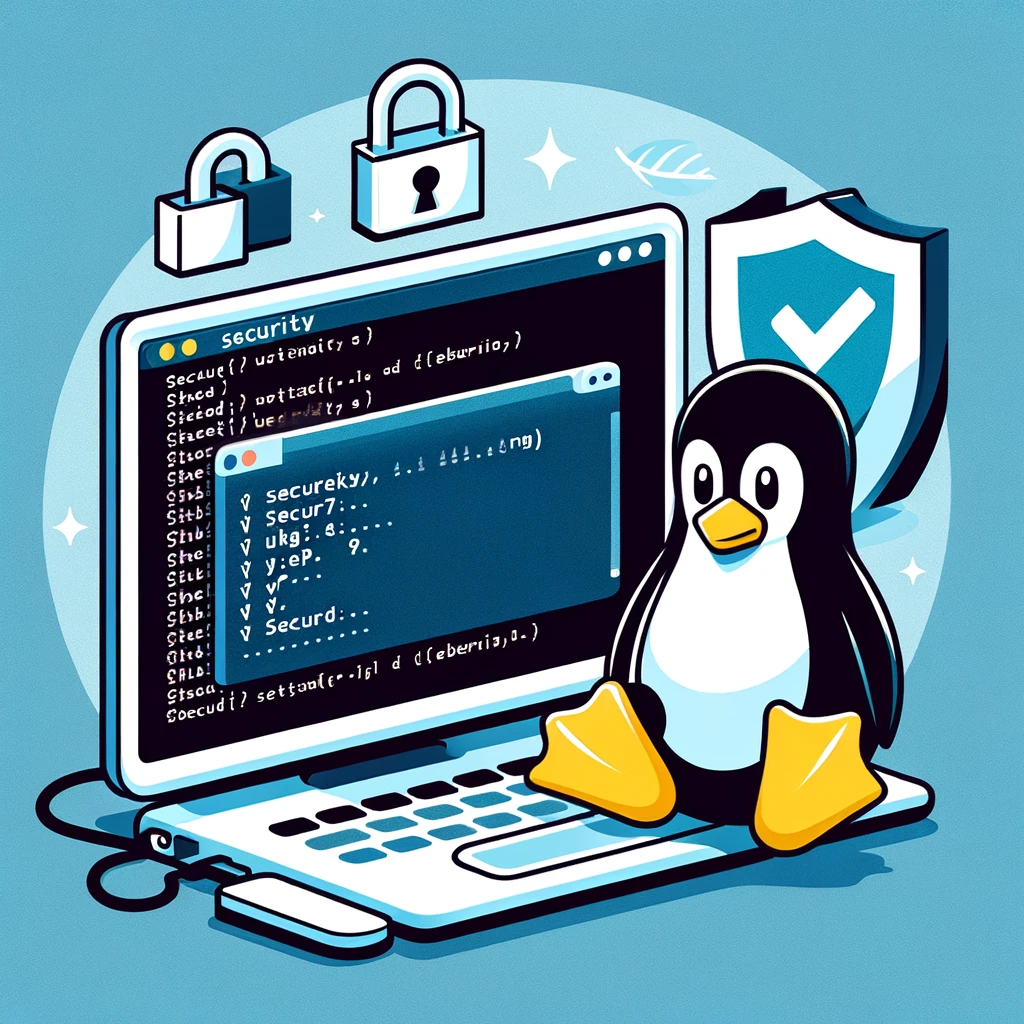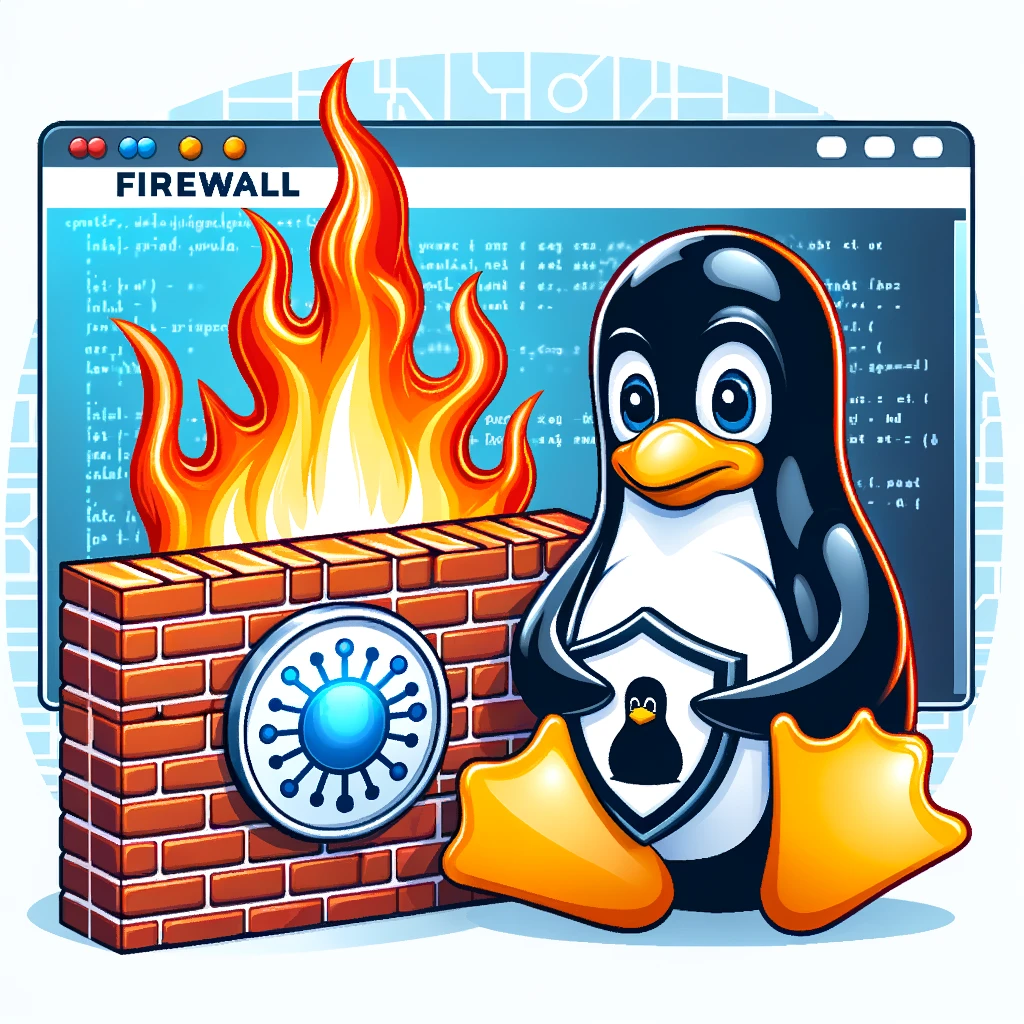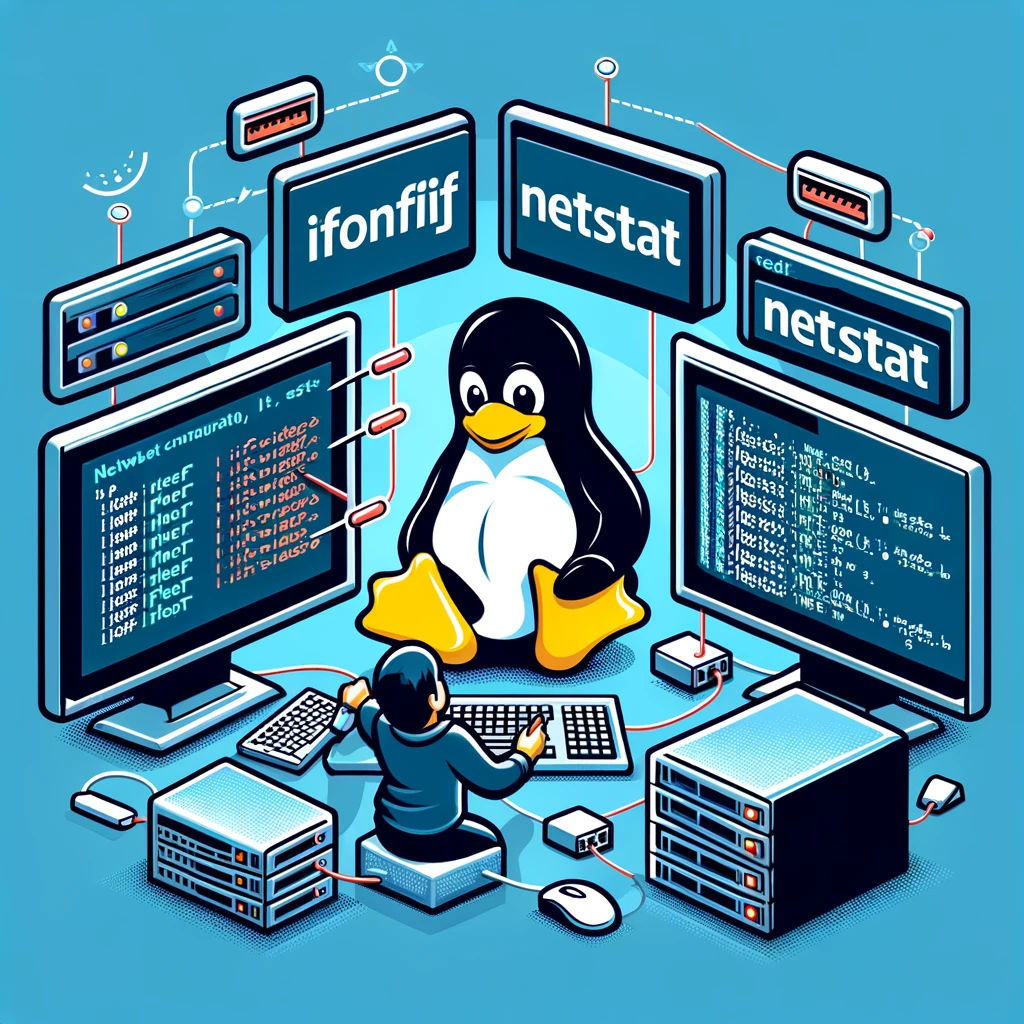Category: Networking
-

Configuring Static IP Address in Linux
Configuring Static IP Address from the Command Line in Linux: A Comprehensive Guide Before we dive into the comprehensive steps for configuring a static IP address from the Linux command line, let’s get a quick understanding of the most important commands: TL;DR: Firstly, use the ip link command to find out the interfaces. The interface…
-

Linux Basics: Setting Up SSH for Secure Remote Access
Introduction SSH (Secure Shell) is a cryptographic network protocol used for securely accessing a remote system. Whether you are a system administrator or a developer, knowing how to configure and use SSH is a vital skill. TL;DR This article will guide you through the process of installing and configuring SSH for secure remote access. We’ll…
-

Linux Basics: Understanding and Configuring Firewall Rules with iptables, ufw, and firewalld
Introduction Firewalls are essential for network security. In a Linux environment, several tools help in setting up and configuring these firewalls. This article will guide you through understanding firewall rules and demonstrate how to manage these rules using iptables, firewalld, and ufw. What is a Firewall? A firewall is a network security system that monitors…
-

Linux Basics: Network Configuration and Troubleshooting using ifconfig ip netstat
TL;DR: This post introduces basic network commands and tools you can use to configure and troubleshoot your network in a Linux environment. You will learn how to use ifconfig, ip, netstat, ping, traceroute, and nslookup. Understanding Basic Network Commands 1. ifconfig ifconfig (interface configurator) is a traditional command-line tool used to configure, control, and query…